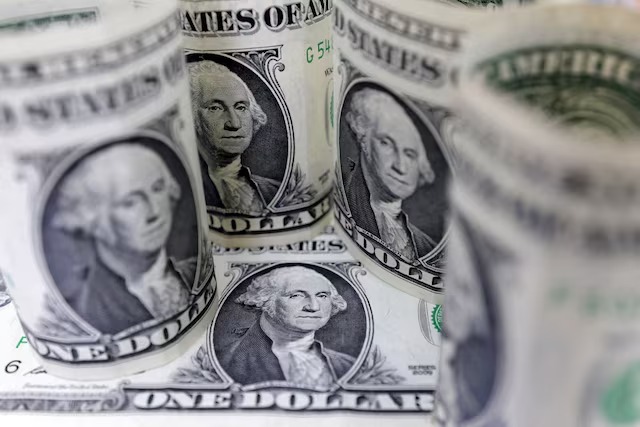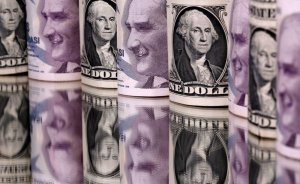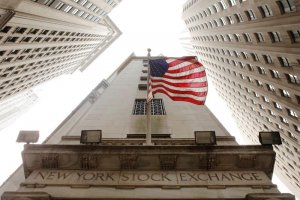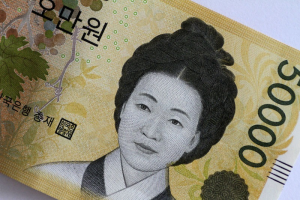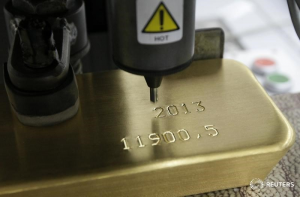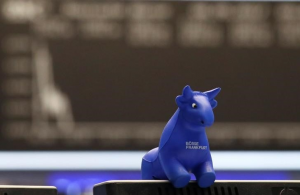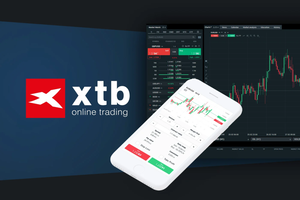All three major U.S. asset classes – stocks, bonds and the currency – have had a turbulent 2025 thus far, but only one has failed to weather the storm: the dollar. Hedging may be a major reason why. Wall Street's three main indices and the ICE BofA U.S. Treasury index are all slightly higher for the year to date, despite the post-'Liberation Day' volatility, while the dollar has steadily ground lower, losing around 10% of its value against a basket of major currencies and breaking long-standing correlations along the way.
The dollar was perhaps primed for a fall. It's easy to forget, but only a few months ago the 'U.S. exceptionalism' narrative was alive and well, and the dollar scaling heights rarely seen in the past two decades. But that narrative has evaporated, as U.S. President Donald Trump's controversial economic policies and isolationist posture on the global stage have made investors reconsider their exposure to U.S. assets. But why is the dollar feeling the burn more than stocks or bonds? PENSION FUND-AMENTALS Non-U.S. investors often protect themselves against sharp currency fluctuations via the forward, futures or options markets. The difference now is that the risk premium being built into U.S. assets is pushing them – especially equity holders – to hedge their dollar exposure more than they have in the past.
Foreign investors have long hedged their bond exposure, with dollar hedge ratios traditionally around 70% to 100%, according to Morgan Stanley, as currency moves can easily wipe out modest bond returns. But non-U.S. equity investors have been much more loath to pay for protection, with dollar hedge ratios averaging between 10% and 30%. This is partly because the dollar was traditionally seen as a 'natural' hedge against stock market exposure, as it would typically rise in 'risk off' periods when stocks fell. The dollar would also normally appreciate when the U.S. economy and markets were thriving – the so-called 'Dollar Smile' – giving an additional boost to U.S. equity returns in good times. A good barometer of global 'real money' investors' view on the dollar is how willing foreign pension and insurance funds are to hedge their dollar-denominated assets. Recent data on Danish funds' currency hedging is revealing. U.S. stocks closed marginally higher on Monday, with the Dow ending flat, the S&P 500 posting a slight gain and the Nasdaq climbing three tenths of one percent.
Danish funds' U.S. asset hedge ratio surged to around 75% from around 65% between February and April. According to Deutsche Bank analysts, that 10 percentage point rise is the largest two-month increase in over a decade. Anecdotal evidence suggests similar shifts are taking place across Scandinavia, the euro zone and Canada, regions where dollar exposure is also high. The $266 billion Ontario Teachers' Pension Plan reported a $6.9 billion foreign currency gain last year, mainly due to the stronger dollar. Unless the fund has increased its hedging ratio this year, it will be sitting on huge foreign currency losses. "Investors had embraced U.S. exceptionalism and were overweight U.S. assets. But now, investors are increasing their hedging," says Sophia Drossos, economist and strategist at the hedge fund Point72.

